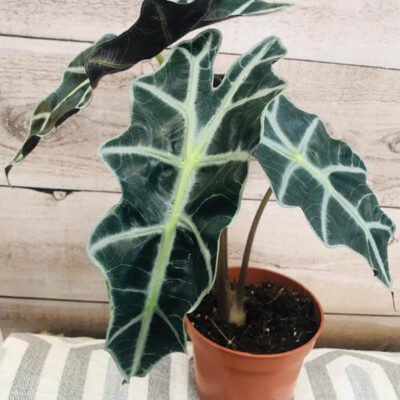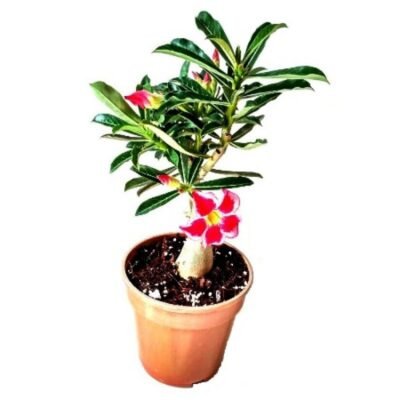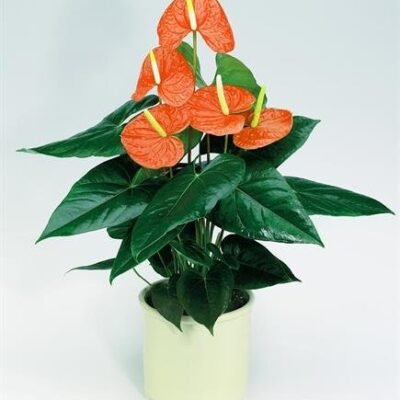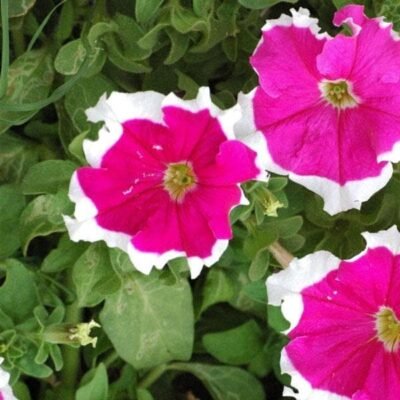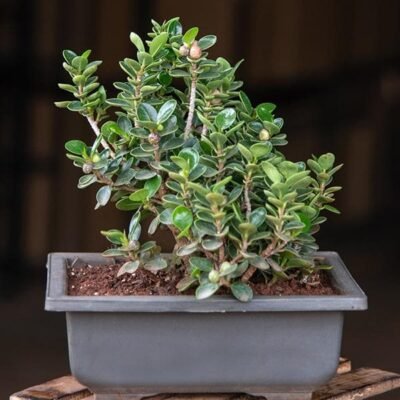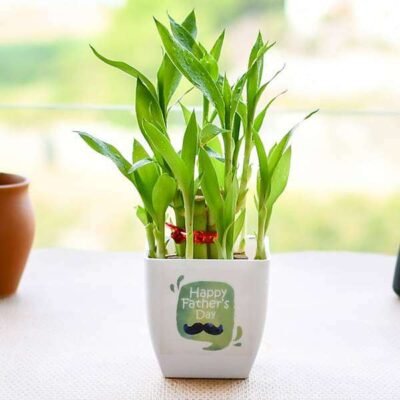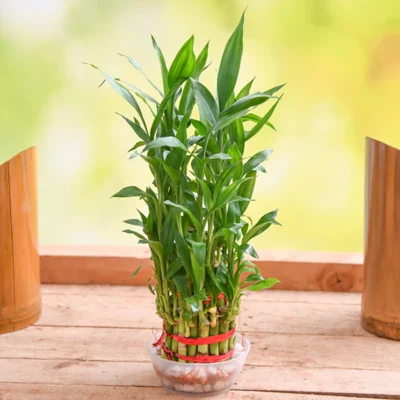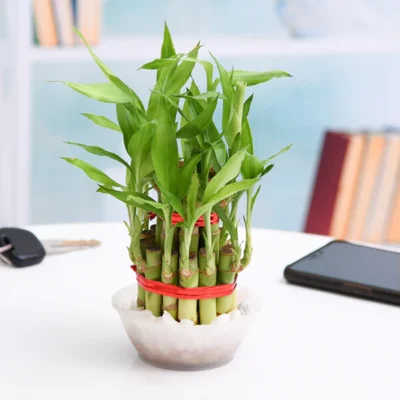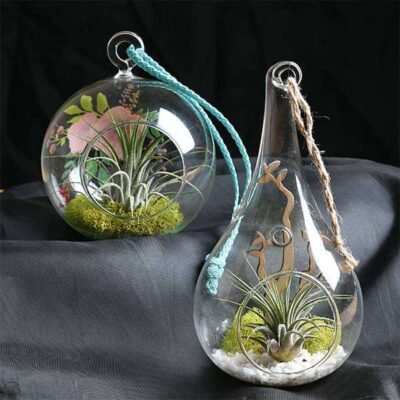You are Here:
Home / Plants / Season Plants / Winter Flowering Plants
Winter Flowering Plants
[cat_short_description]
Filter by Price
Categories
This Week’s Top Rated
-
 Adenium Baby Pink (Grafted) - Adenium obesum, Desert Rose Plant
Rated 4.50 out of 5
Adenium Baby Pink (Grafted) - Adenium obesum, Desert Rose Plant
Rated 4.50 out of 5₹589.00₹500.00 -
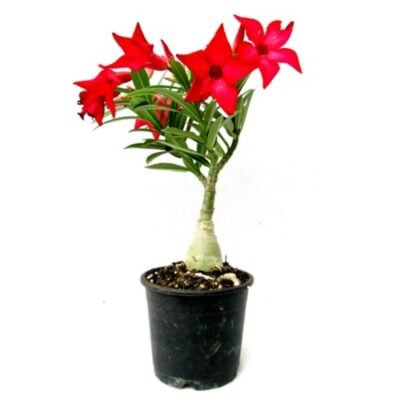 Adenium Red (Grafted) - Adenium Serene Rose, Adenium Obesum, Desert Rose Plant
Rated 3.00 out of 5
Adenium Red (Grafted) - Adenium Serene Rose, Adenium Obesum, Desert Rose Plant
Rated 3.00 out of 5₹429.00₹400.00 -
 Miniature Rose, Button Rose (Pink)
Rated 0 out of 5₹300.00
Miniature Rose, Button Rose (Pink)
Rated 0 out of 5₹300.00
Showing all 13 results
-
 Add to cart
Add to cart - Before watering the soil, check the moisture content.
- Using your finger, probe the soil; if it seems dry, add water.
- Keep the plant in a bright, direct area.
Quick ViewAll Season Flowering PlantsKaner, Nerium Oleander (Yellow, Single) – Plant
Rated 0 out of 5₹349.00 Add to cart -
 Add to cart
Add to cart - One of the most beautiful flowering plants.
- Low-upkeep plant.
- Stunning flowering plant ideal for an outdoor garden.
Quick View -
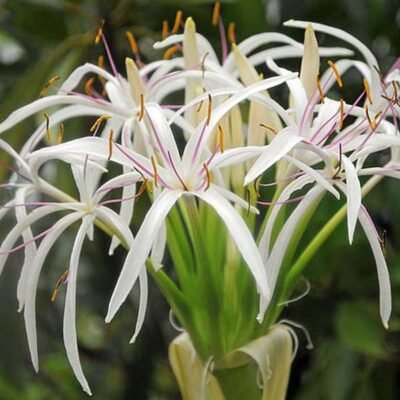 Add to cart
Add to cart - The Crinum family’s members require fertilization about three times a year, while not being the simplest to care for.
- Once they have perished, the leaves and blossoms should be removed.
- The bulbs should be taken out of the garden in the fall and kept indoors in a cool spot if you live in a really cold climate.
- Your Crinum lilies might not produce blossoms for up to five years.
Quick View -
 Add to cart
Add to cart - Keep the plant in direct, bright natural light.
- By probing the soil with a stick or your finger, you may determine how much moisture is there.
- When the top inch or two of soil seems dry to the touch, sprinkle 4 cups (about 200 ml) of water on it.
- Wait at least two weeks after receiving it before repotting.
Quick ViewAll Season PlantsRaat Ki Rani, Raat Rani, Night Blooming Jasmine – Plant
Rated 0 out of 5₹299.00 Add to cart -
 Add to cart
Add to cart - Approximately six hours of sunlight per day.
- After a good irrigation, wait before watering once again.
- Gerbera flower cultivation requires somewhat sandy and well-drained soil.
- Comfortable temperatures range from 55 to 75 F (13 to 24 C).
- Every two weeks when in bloom, feed with a balanced liquid fertilizer.
Quick View -
 Add to cart
Add to cart - Six hours of sunlight each day.
- Wait its top to dry out before watering again after a thorough irrigation.
- Growing gerbera flowers demands a well-drained soil.
- The ideal temperature is between 55F and 75F.
- When in bloom, fertilize every two weeks with a balanced liquid fertilizer.
Quick View -
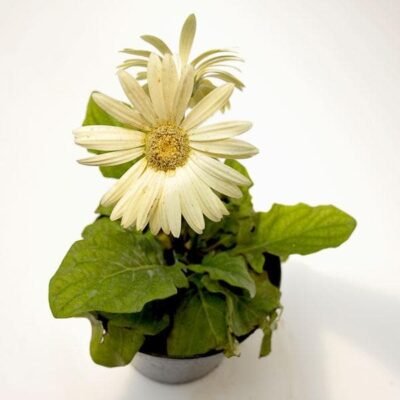 Add to cart
Add to cart - Approximately six hours of sunlight per day.
- After a good irrigation, wait an inch of top soil to dry before watering once again.
- Gerbera flower cultivation requires somewhat sandy and well-drained soil.
- Comfortable temperatures range from 55F to 75F.
- Every two weeks when in bloom, feed with a balanced liquid fertilizer.
Quick View -
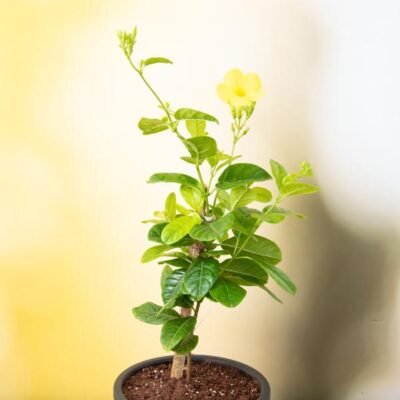 Add to cart
Add to cart - Easy maintenance, annual flowering and tough plant.
- Required proper drainage of water in the soil.
Quick ViewAll Season Flowering PlantsAllamanda Creeper, Pentalinon Luteum (Yellow) – Plants
Rated 0 out of 5₹309.00 Add to cart -
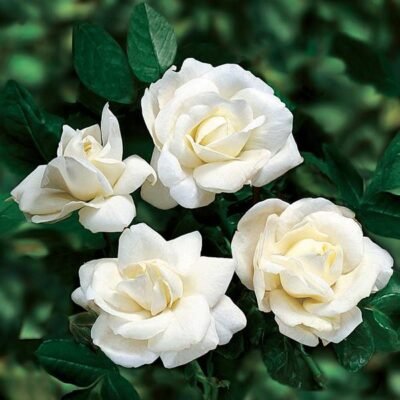 Add to cart
Add to cart - One of the best rose plants.
- Watering once in a day.
- Preferred for outdoor garden and direct sunlight.
- It is considered as a symbol of purity, innocence and silence.
Quick View -
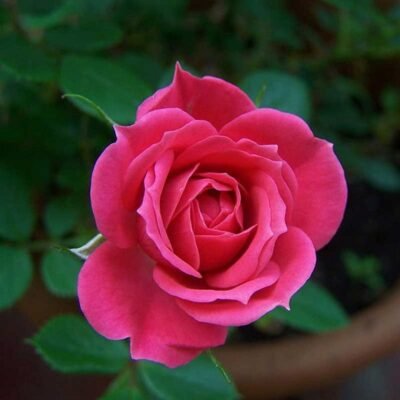 Add to cart
Add to cart - Miniature roses need 5-6 hours of direct sun.
- Preferred for outdoor garden.
- Need watering once a day.Do not overwater the plant.
- Avoid getting the leaves wet during humidity to keep them safe from fungal diseases.
- Regular fertilizing is essential.
Quick View -
 Add to cart
Add to cart - Do not over water the plant.
- Use organic fertilizer once a month during growing season.
- Remove dead, infected or damaged plant parts and throw them away from the plants.
- Keep the plant in Natural bright Light.
- Perfect plant for your balcony.
Quick View -
 Add to cart
Add to cart - Needs nutrients regularly through the growing season.
- Organic fertilizers applied to the ground are the most effective.
- Regular and proper watering is essential.
- It loves direct sun light and is good for outdoors.
Quick ViewAll Season Flowering PlantsMiniature Rose, Button Rose (Baby Pink)
Rated 0 out of 5₹300.00 Add to cart -
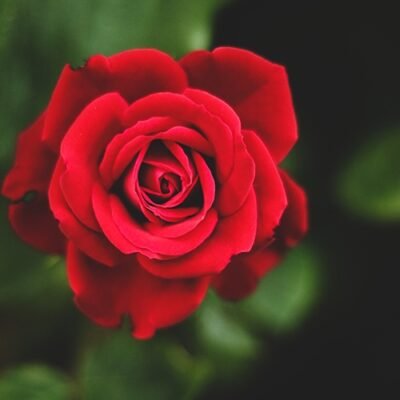 Add to cart
Add to cart - 4-6 hrs of sunlight ideal for flowering.
- Needed organic rich and well drained soil.
- Use water in the morning or evening time. Do not over water.
- Use organic fertilizer once a month.
Quick View
Read more about
Winter Flowering Plants
[cat_description]



